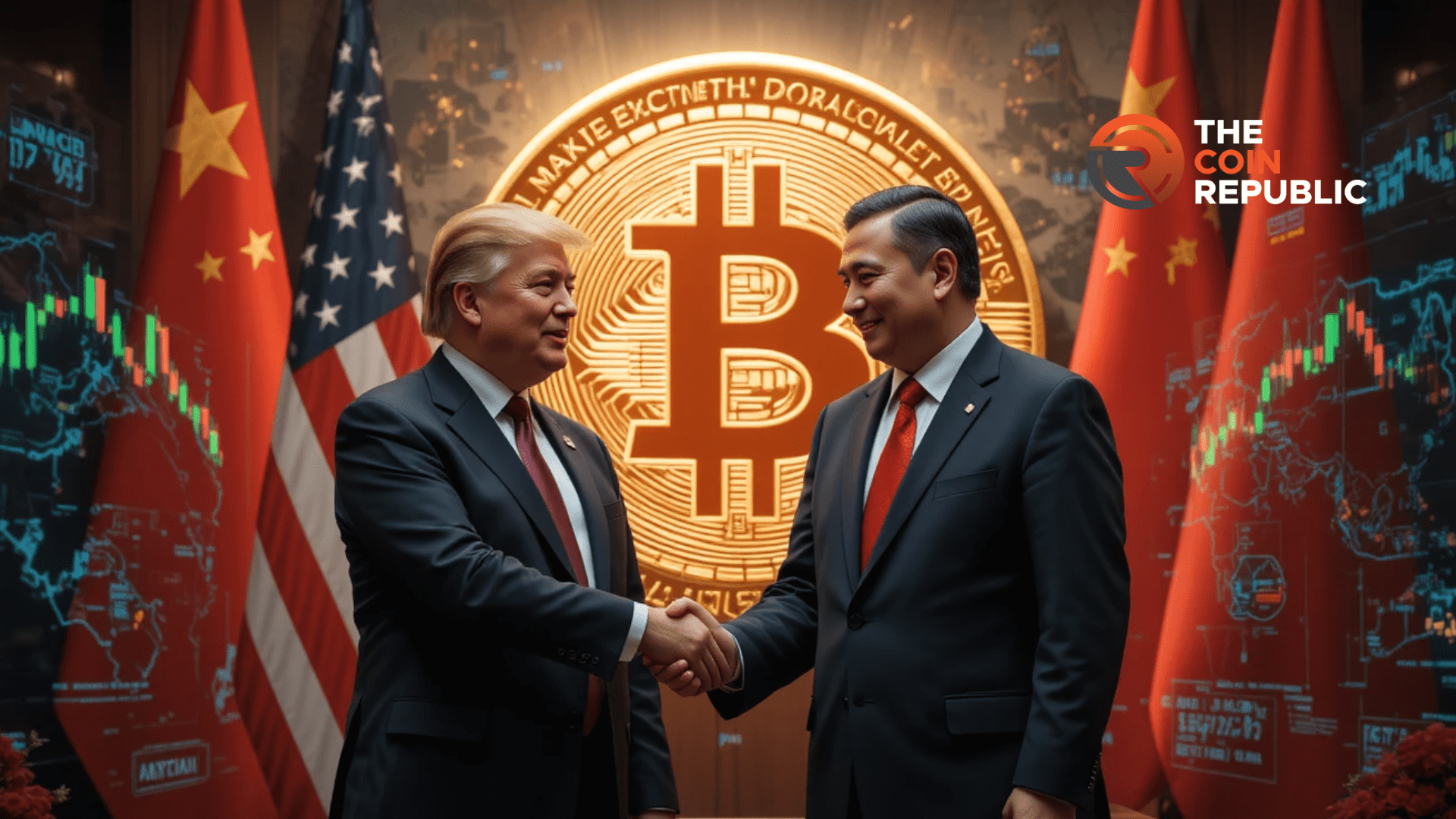
Major U.S.-China Trade Deal Sends Ripples Through Crypto Markets
The crypto news world is buzzing after a major trade deal between the U.S. and China was announced by the White House on November 1, 2025. This significant agreement follows a recent meeting between Chinese President Xi Jinping and the President of South Korea in Busan. Former President Donald Trump shared the news of the meeting on his Truth Social account, stating, “This deal could have a significant impact on the future of the crypto market.” The deal effectively ends months of trade tensions that negatively affected global economies.
Trade Deal Details & Crypto News Impacting Digital Assets
The new agreement reverses harsh tariffs and trade restrictions imposed since March 2025. China has agreed to suspend all retaliatory tariffs on U.S. goods, including taxes on American agricultural products like soybeans. Additionally, China will purchase at least 12 million metric tons of U.S. soybeans.
In return, the Trump administration lowered U.S. tariffs on Chinese goods by 10 percentage points. China also paused export controls on rare earth minerals, which are crucial for technology industries, including crypto mining hardware.
Crypto news accounts on X (formerly Twitter) report that this newfound stability could boost crypto prices. Earlier this year, when tariffs were escalated, Bitcoin fell 8.4% to $104,782. The new deal might reverse that downward trend. Analysts on X, such as @Ashcryptoreal, describe the development as “bullish for markets.”
A steady supply of rare earth minerals could lower costs for mining rigs, potentially increasing profits from Bitcoin and Ethereum mining. Crypto markets often react strongly to global trade news, and this deal could push prices back toward recent highs.
Historical Context and Market Reactions
Trump’s trade policies have long influenced crypto news and market dynamics. In 2020, tariffs instituted by the Trump administration led to significant volatility in cryptocurrency markets. A 2022 study published in the Journal of International Economics found that U.S.-China trade dropped by 20% during previous periods of tension, often making crypto a safe haven asset.
The current deal might reduce the crypto market’s reliance on such hedges. However, history also warns of risks. According to a 2019 study in the American Economic Review, only 60% of prior U.S.-China trade agreements were fully compliant. Should this deal fail to hold, crypto markets could face new shocks.
Today’s crypto news reveals mixed reactions. Some traders anticipate a rally in crypto prices, with posts on X like @cryptorover’s predicting a “bullish” trend. Others express concern over a potentially stronger U.S. dollar, which can exert downward pressure on crypto valuations.
Still, the deal’s emphasis on cooperation might attract institutional investors. A 2024 study published in Frontiers linked economic stability with blockchain growth, suggesting this deal could draw significant capital into the crypto market.
Moreover, Donald Trump’s involvement provides a notable political boost. His pro-crypto stance—demonstrated through family ventures like World Liberty—could encourage wider adoption moving forward.
Future Outlook for Crypto News
The crypto news cycle will closely monitor the progress of this deal. If it holds, it could help ease global inflationary pressures. The International Monetary Fund (IMF) forecasts 3.2% global growth in 2025, according to a report released in October 2025. Stable and growing economies generally provide a supportive environment for the crypto market.
Lower trade friction may also spur technological innovation, including blockchain projects focused on improving supply chains. Companies such as IBM are already leveraging blockchain technology for increased transparency. Inspired by initiatives like Mississippi’s “Blockchain Basics Act,” small businesses may soon follow suit.
However, challenges remain. China’s historical under-delivery on soybean purchases, noted by the U.S. Department of Agriculture, raises doubts about long-term compliance. If trade tensions return, crypto could again spike as a hedge against uncertainty.
Decentralized finance (DeFi) platforms experienced growth during the 2020 trade war, and this trend could repeat if instability arises. Additionally, Donald Trump’s unpredictable style—often the subject of memes on X—adds an element of uncertainty. Some users speculate he might reverse aspects of the deal in the near future.
As the situation develops, crypto enthusiasts and investors alike will be watching closely for signs of how this trade agreement might shape the future of digital assets.



